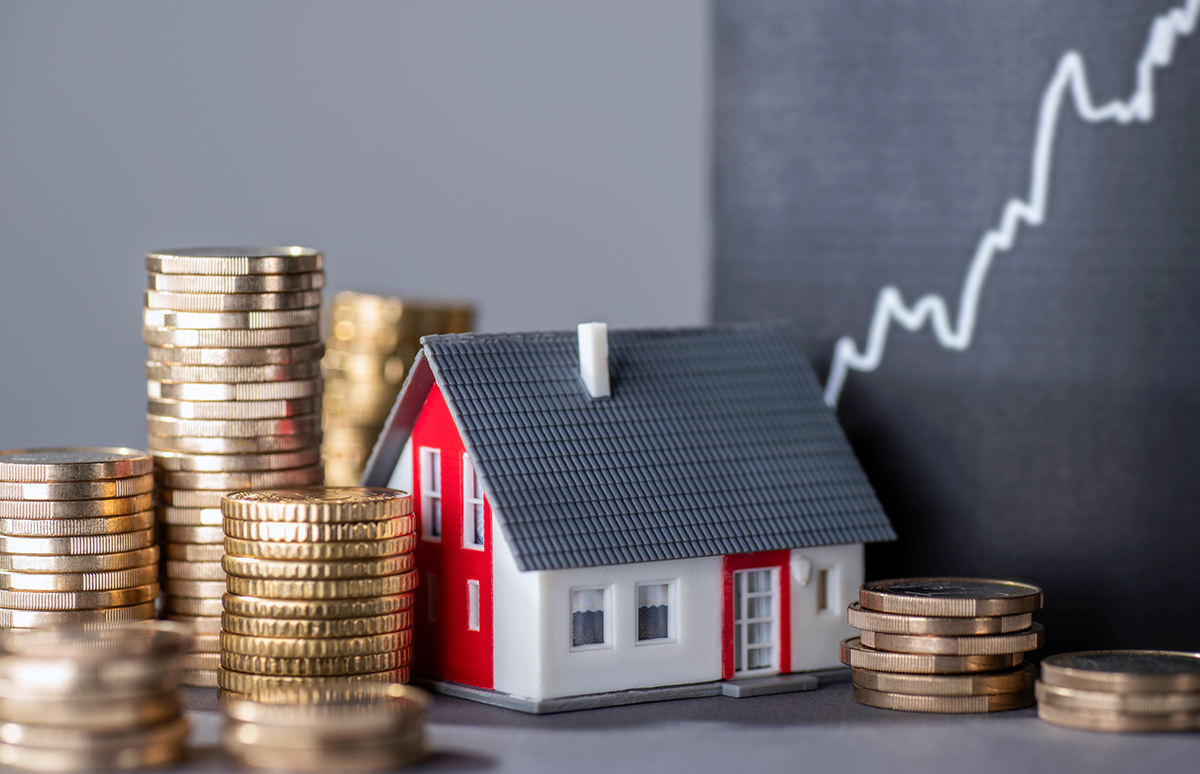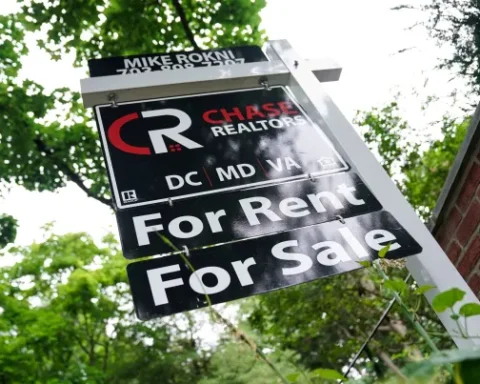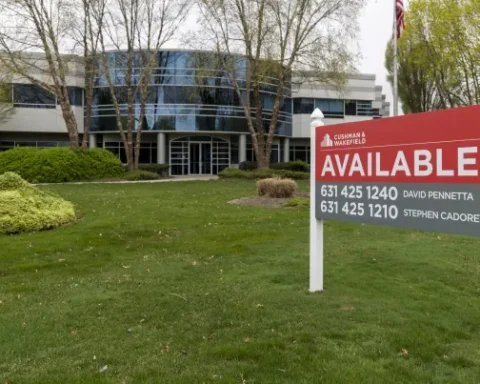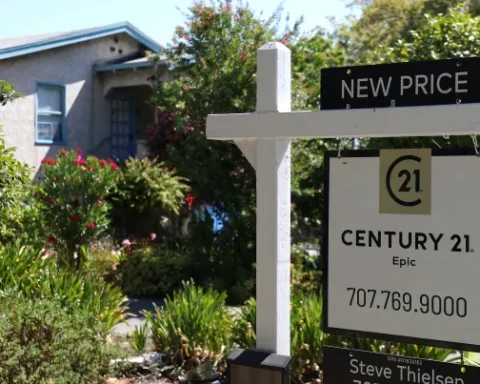As housing prices in the United States escalate due to a surge in demand and insufficient supply, the aspiration of owning a home or securing an affordable rental is becoming increasingly elusive for many people.
Increasing home prices imply that the median household income in most parts of the country can no longer afford a typical home. This trend in the US housing market has seen real estate agents experience unusually high demand since 2021. For instance, Sasha Davis, a seasoned realtor in Florida, found herself writing 50 offers in a single week. However, only five were accepted, indicating a depressing success rate.
Davis noted an abnormal increase in offers for listings that traditionally received about five offers. Some of her clients presented total cash offers exceeding the list price but needed help to secure a home. It was common for buyers even to offer $100,000 over the listing price. This phenomenon wasn’t isolated to Florida; it was a nationwide trend. By 2023, the average US home value had skyrocketed from about $230,000 at the start of 2020 to over $330,000.
It’s not just the prices of homes that are increasing. The swelling housing costs are a significant burden for many tenants. A record number of people are now deemed “cost-burdened” by rent prices, meaning more than 30% of their income goes toward housing.
As of 2022, median home prices and rents in the US reached record highs. This situation benefits existing homeowners as their property values continue to climb. However, for many Americans, the escalating cost of living, including food and healthcare, leaves them with little to save for a house. Consequently, the dream of owning a home or securing an affordable rental is becoming increasingly out of reach.
Factors contributing to the high home prices include an influx of millennials entering the housing market, a surge in properties bought by investors, and record-low mortgage interest rates during the pandemic, leading to increased sales. Additionally, current homeowners are hesitant to enter the market due to high-interest rates. Many baby boomers choose to age in their homes rather than move into senior living arrangements.
Despite the high demand, new home construction has been unable to keep pace. This imbalance led to a housing shortage of about 2.3 million homes by the end of 2022. While this is advantageous for homeowners with access to significant equity, it locks many potential buyers out of the market.
This situation also impacts the rental market. Increased demand for rentals from millennials wanting their own space and remote workers seeking different living arrangements has resulted in a shortage of rental properties. This shortage, combined with the increasing cost of housing, is making it increasingly difficult for households to cover their housing costs.
The situation is particularly dire for low-income households. In 2021, families earning less than $30,000 had little money left after paying for rent and utilities. The number of people without shelter also increased significantly from 2020 to 2022.
Despite the challenges faced by potential homeowners and renters, politicians need to acknowledge the problem, likely because many homeowners benefit from rising housing costs.
Homeownership has traditionally been a path to wealth in the US, but increasing housing prices have made this dream more elusive, particularly for those who still need family wealth to assist with a down payment. This problem is further exacerbated by racial wealth disparities and the lack of political will to reinstate safety net programs that were rolled back after the pandemic.
As housing prices continue to rise, the dream of homeownership is moving further out of reach for many Americans, particularly those who do not have family wealth to help with a down payment. This growing divide could widen the gap between homeownership and wealth in the US.
The idea of the American success story has often been rooted in homeownership, which has been a dependable way to accumulate wealth for many generations. Yet, this has transformed into an almost expected annual increase in home values by around 6%. In local elections, homeowners frequently vote to maintain home values, hindering new building projects and zoning reforms that would provide more affordable housing.
This homeowner constituency believes that housing prices must always rise over time. Such a belief has become so ingrained that it’s unusual to hear public declarations suggesting that housing prices should only increase by 2 to 3% annually.
Although housing prices are rising rapidly, specific demographics of renters can still aspire to homeownership. For instance, parents who own homes can assist their millennial and Gen Z children with down payments. “With housing prices up, Mom and Dad are sitting on $500,000 of home equity, so they can gift you an amount that lets you get into homeownership,” noted Schuetz.
Yet, this is only the case for some. The Federal Housing Administration was established in the 1930s to increase homeownership and build generational wealth. While successfully growing homeownership rates from about 50% to nearly 70% today, these efforts primarily excluded non-white Americans. The effects of these discriminatory practices were particularly devastating to Black Americans, and by 1960, it was clear: just 38% of Black households owned their home compared with 65% of White families.
The homeownership gap is growing and is projected to continue widening by 2040, as per a 2021 Urban Institute analysis. Rising housing prices push the dream of homeownership further away for renters, especially those without family wealth, to assist with a down payment.
During the pandemic, the federal government implemented several unprecedented measures, such as rental assistance, an eviction moratorium, and an expanded child tax credit. These efforts kept millions of Americans housed during the crisis. However, these safety net programs have since been revoked, and there appears to be little political interest in reinstating them.
In the face of this situation, Whitney Airgood-Obrycki, a senior research associate at Harvard University’s Joint Center for Housing Studies, noted: “There were lots of efforts to stem the bleeding. Now it’s gone – but everyone’s still bleeding.”
The exorbitant rise in housing costs across the United States has created a daunting reality for many aspiring homeowners and renters. The combination of increased demand, limited housing supply, and a lack of affordable options has pushed the dream of homeownership further out of reach for a significant portion of the population. As housing prices continue to surge, the gap between those who can afford a home and those who cannot widen, exacerbating wealth disparities. Urgent attention and action are needed to address this housing affordability crisis and ensure that housing becomes accessible and affordable for all Americans, regardless of their income or background.







